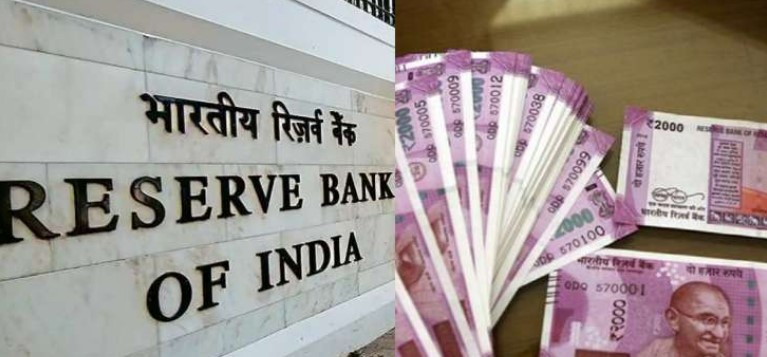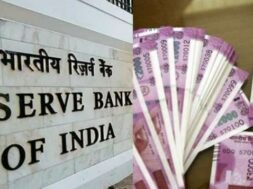
Demonetization 2.0: Withdrawing Rs. 2,000 notes and launching digital INR
Virendra Pandit
New Delhi: The Reserve Bank of India (RBI)’s withdrawal of the Rs. 2,000 currency notes from circulation after September 30 may be a precursor to the launch of India’s digital currency to make all monetary transactions as transparent as possible in a phased manner.
The RBI launched the first pilot of the Digital Rupee- Retail segment (e₹-R) on December 1, 2022. It is now set to launch the pilot of the Central Bank Digital Currency (CBDC), a legal tender in digital format. Commonly known as the digital rupee, it will be exchangeable at par with existing currencies and will be considered acceptable for payments and a safe store of value.
This way, most currency in paper format would be gradually phased out. Already, India’s phenomenal success in UPI transactions—the South Asian nation now accounts for nearly 40 percent of all digital monetary transactions in the world—is being emulated by dozens of countries, experts said.
But the RBI’s latest move to withdraw the highest-value Rs. 2,000 notes is different from the earlier demonetization. In 2016, Rs. 500 and Rs. 1,000 notes made up over 86 percent of the total money in circulation. This time around, Rs 2,000 notes make up a relatively small part of the total, at 10.8 percent. The RBI introduced the Rs. 2,000 notes in November 2016 and stopped their printing in 2018-19..
When Prime Minister Narendra Modi declared demonetization on November 8, 2016, he said the Rs. 500 and Rs. 1,000 notes would cease to be legal tenders. But the Rs. 2,000 notes will continue to remain legal tender even after the deposit deadline of September 30. People can deposit or exchange them for lower denominations up to Rs 20,000 at a time, until September 30.
While the 2016 move was expected to curb the circulation of black money and the hoarding of currency, particularly in Jammu and Kashmir, there is no such objective behind the Rs. 2,000 notes’ withdrawal.
The RBI said the decision was taken under its “Clean Note Policy” to remove low-velocity notes from circulation. It said the Rs 2,000 note is being withdrawn as this denomination is not commonly used for transactions, and the stock of banknotes in other denominations is “adequate to meet the currency requirements of the public.”
The value of Rs 2,000 notes in circulation reached a peak of Rs 6.73 lakh crore in March 2018, which came down to Rs 3.62 lakh crore by March 2023.
The 2016 decision boosted the rise of digital payments in the country. Since the circulation of Rs 2,000 notes is low in the economy, and there is a comfortable gap before the deadline ends, people would not have to rush to the ATMs and banks.
Besides, experts said, the latest RBI move may improve banking system liquidity, and bring down recently elevated short-term rates.
Most economists expect the Rs. 2,000 note withdrawal would be less disruptive for the economy than the 2016 demonetization.













